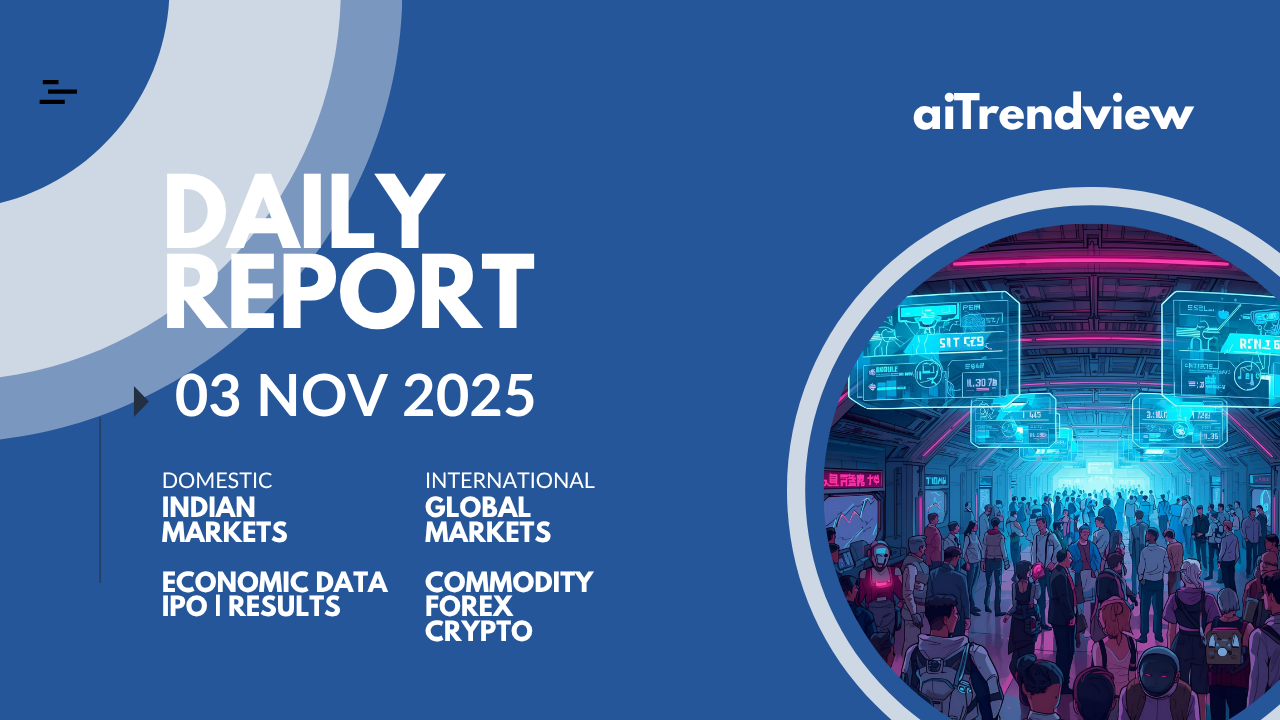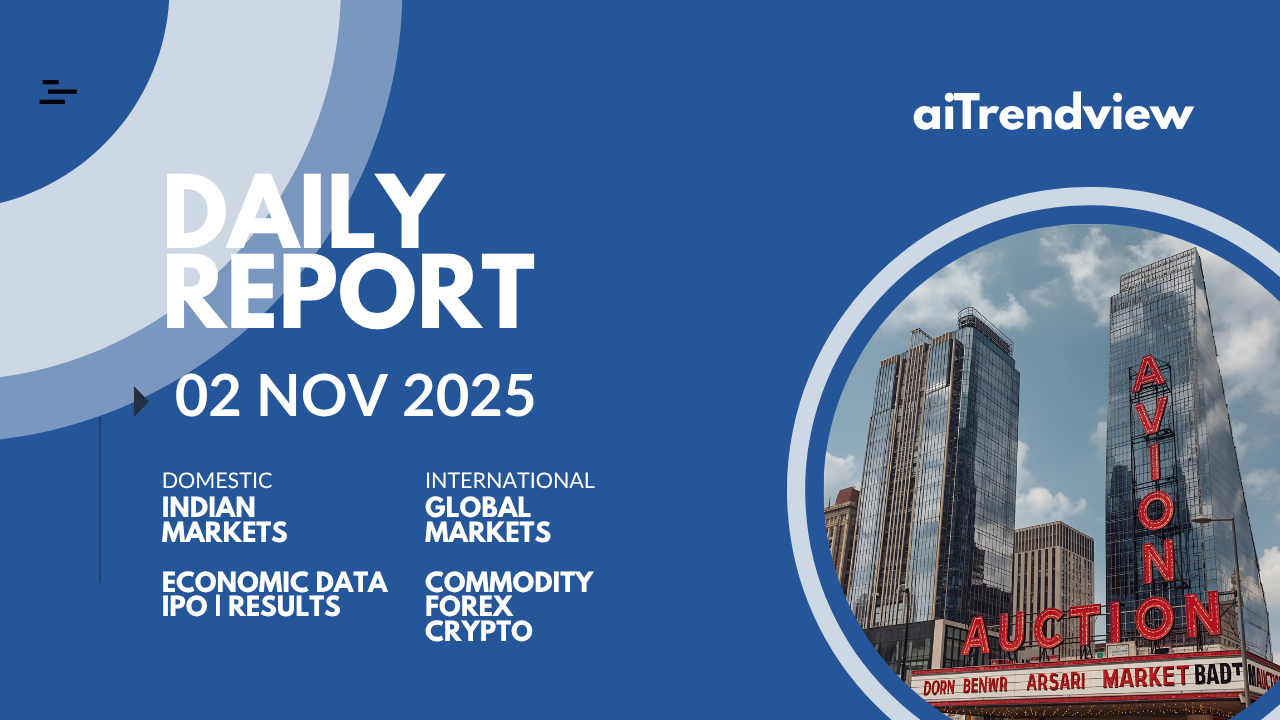

Comprehensive Research Report on Silver: Global and Indian Market Outlook for 25-26
1. Global Silver Demand and Consumption
Silver demand in 2025 continues to surge, driven primarily by its industrial applications, especially in solar energy, electronics, and electric vehicles. The World Silver Survey 2025 reports a deficit of approximately 117.6 million ounces (Moz) due to inelastic supply response, as over 70% of silver is produced as a byproduct of other metal mining, which limits supply flexibility. The primary demand drivers include:
2. Reserves with Federal Agencies & Top Reserves Countries
Recently, the U.S. Geological Survey designated silver as a critical mineral for the first time, emphasizing its strategic importance. Major reserve-holding countries include:
| Rank | Country | Silver Reserves (Metric Tons) | Notable Mining & Utilization |
| 1 | Peru | 110,000 | Largest global producer; mainly mined for industrial use |
| 2 | Australia | 94,000 | Significant reserves, diversified mineral base |
| 3 | Russia | 92,000 | Mining driven by copper and polymetallic deposits |
| 4 | China | 70,000 | Major producer, strategic reserves, driven by manufacturing and tech needs |
| 5 | Mexico | 68,000 | Primary silver export, with plan to increase reserves in future |
| 6 | Chile | 55,000 | Significant underground deposits |
| 7 | Bolivia | 50,000 | Focus on domestic industrial use |
| 8 | Poland | 40,000 | Reserve base for European supply chain |
| 9 | South Africa | 35,000 | Mining mainly for recycling and secondary sources |
| 10 | United States | 30,000 | Strategic stockpiles, especially in U.S. government reserves |
Note: Reserves are largely utilized for industrial manufacturing, solar, and military applications, with strategic reserves being evaluated for future supply security, especially in the U.S. and China.
3. Extraction & Mining Activities
Despite the increasing demand, global silver production in 2025 is expected to grow marginally by 2%, reaching roughly 944 million ounces, mainly thanks to expansions in the U.S., Peru, and India. However, over the next five years, an annual decline of about 0.9% is forecasted due to mine closures, especially in Mexico and other key regions, owing to regulatory pressures and depletion of mature deposits.
4. Market Consumption: Global & Indian
Global Market: Silver consumption favourably exceeds supply, creating a deficit that supports price appreciation. The industrial sector leads demand, with solar PV and electronics accounting for over 59% of total usage, reinforcing silver’s role as the “industrial metal of the future.” Investment demand, particularly through silver ETFs backed by actual silver, remains a significant price driver.
India Market: India’s silver market faces shortages due to logistical constraints and high demand in festivals and jewellery sectors. ETFs have recorded a 69% inflow in 2025, highlighting increased investor interest. Despite local price corrections, premiums remain high, and the demand outlook remains bullish amid global scarcity.
5. Price Predictions (November 2025 – March 2026)
6. Strategic Reserves & Utilization
| Country | Reserves (Metric Tons) | Historical Utilization & Key Uses |
| Peru | 110,000 | Industrial output, jewellery, exports |
| Australia | 94,000 | Manufacturing, exports, strategic reserves |
| Russia | 92,000 | Industrial, military, industrial reserves |
| China | 70,000 | Manufacturing, strategic reserves, tech applications |
| Mexico | 68,000 | Mine output, exports, domestic industrial use |
| Chile | 55,000 | Mine resources, exports |
| Bolivia | 50,000 | Domestic industry, local markets |
| Poland | 40,000 | European supply, industrial applications |
| South Africa | 35,000 | Recycling, secondary sources |
| United States | 30,000 | Strategic stockpiles, defense, industrial uses |
In-Depth Analysis of Silver Usage, Demand, and Market in India (2025-2026)
1. Silver Market in India: Overview
India is one of the largest consumers of silver globally, with total demand estimated at approximately 350–400 million ounces annually. The Indian silver market is predominantly driven by the jewellery and ornament sector, which accounts for nearly 60% of total consumption. Investment demand through silver ETFs, coins, and bars has gained momentum, especially amid rising global prices and inflation concerns. Silver’s role as a store of value and hedging instrument remains strategically significant for Indian investors.
2. Consumption and Demand Drivers
Jewellery & Ornamentation:
Industrial and Electrical Application:
Investment Demand:
Other Uses:
3. Supply & Reserves in India
India relies heavily on imports to meet its silver demand, importing roughly 75–80% of its requirements. Local production is negligible, primarily from small-scale mines focusing on other metals like copper and zinc. Despite limited domestic reserves, India has a strategic reserve stockpile, managed by government agencies, to ensure supply stability for critical sectors.
4. Market Trends & Prices
5. Price Prediction (November 2025 – March 2026)
6. Indian Silver Reserves and Utilization
While India doesn’t maintain large official reserves of silver, it utilizes its imports mainly for jewellery manufacturing, industrial use, and investment. Estimated stock utilization by sector is summarized below:
| Sector | Approximate Share of Demand | Key Uses & Notes |
| Jewellery & Ornaments | 60–65% | Festive demand, wedding season, exports |
| Industrial & Tech | 20–25% | Electronics, solar energy, batteries |
| Investment | 10–15% | ETFs, coins, bars |
| Medical & Other | 2–5% | Medical equipment, silverware |
7. Challenges & Outlook
India’s reliance on imported silver makes it susceptible to global price volatility and currency fluctuations. However, increasing domestic investments in solar and electronics sectors are likely to sustain industrial demand. The government’s renewed focus on renewable energy and urban infrastructure will support higher industrial and investment demand for silver in the coming years.
Conclusion:
India’s silver market is poised for continued growth through 2025–2026, driven by cultural, industrial, and investment forces. Prices are expected to remain firm, with seasonal spikes during festivals and festivals-driven demand. The country’s reliance on imports underscores the importance of global supply dynamics, while industrial expansion, especially in solar and electronics, offers significant upside potential for silver utilization. Monitoring domestic policy shifts and global market trends will be crucial for strategic investment planning.
Disclaimer for aiTrendview
The information provided by aiTrendview is for informational and educational purposes only and should not be considered as financial or investment advice. While we strive to ensure the accuracy and timeliness of our content, all data and analysis are provided “as is” without any warranties or guarantees of accuracy, completeness, or suitability.
Important Notice:
By using aiTrendview, you agree that aiTrendview shall not be liable for any direct or indirect damages resulting from the use or reliance on the information provided. Always verify critical information through multiple sources and consider your risk appetite before acting on any analysis or forecasts.




© Copyright 2025. All Rights Reserved By aiTrendview.com a AQJ TRADERS Product
1) or fractional share
Investing in the stock markets carries risk: the value of investments can go up as well as down and you may receive back less than your original investment. Individual investors should make their own decisions or seek independent advice.